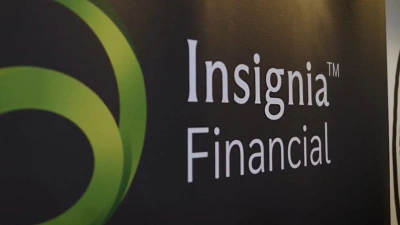Planners hostage to PI
Financial planners continue to be held hostage to the professional indemnity insurance (PII) profession, with the strained relationship between the two industries set to heat up in the coming months.
A panel of industry experts speaking at the Financial Planning Association’s (FPA’s) Small Principals’ Conference agreed that PII costs are certainly set to rise in the coming months, due to a combination of the higher limits to be introduced on July1, the exit of QBE from the market and the number of Australian Securities and Investments Commission (ASIC) investigations underway.
Leo Abbruzzo, national underwriting manager at Dual Australia, said, “Underwriters in this market are going to be very selective”.
“You will pay a higher premium, I can’t hide behind that,” he said.
Abbruzzo defended the insurers, arguing “every single underwriter in the market has had substantial claims [made against them] in the last three years”.
He also said that the ASIC investigations currently taking place could be worth the value of well over three years’ premiums for insurers (approximately $20 million per year).
“The claims are out there, and they’re hurting underwriters.”
Christina Kalantzis, principal, Alexis Compliance and Risk Solutions, agreed that the PII market would become more expensive.
Kalantzis said that while under the new arrangements those business owners holding a $20,000 PII bond from ASIC may redeem it, in doing so they may eliminate “any other precaution you may have had in place”.
“Who knows if the four or five underwriters will stay in the market? It’s something you need to consider,” Kalantzis said.
Chairing the session, Deen Sanders, FPA general manager of professionalism, said the FPA is concerned about the volatility of the international and domestic PII market, calling the domestic market of insurers “thin and questionable”.
Abbruzzo said of the 30 underwriters in the PII market in Australia, only four of five underwriters have the “appetite” for financial planners. As a comparison, some professions have 38 options of underwriters.
The question of assessing adequacy was a hot topic. Kalantzis encouraged financial planners to formalise their assessment of ‘adequacy’, while Sanders noted calls for greater guidance from ASIC on assessing the adequacy of PII within a business.
Joanna Bird, acting director of the regulatory policy branch, ASIC, said that ASIC’s role is to ensure licensees are complying and that the transition is “as smooth and painless as it can possibly be”.
Bird admitted that while PII is “an intrinsic part of a competent and healthy retail financial services market”, it is “an imperfect compensation tool”.
Recommended for you
Net cash flow on AMP’s platforms saw a substantial jump in the last quarter to $740 million, while its new digital advice offering boosted flows to superannuation and investment.
Insignia Financial has provided an update on the status of its private equity bidders as an initial six-week due diligence period comes to an end.
A judge has detailed how individuals lent as much as $1.1 million each to former financial adviser Anthony Del Vecchio, only learning when they contacted his employer that nothing had ever been invested.
Having rejected the possibility of an IPO, Mason Stevens’ CEO details why the wealth platform went down the PE route and how it intends to accelerate its growth ambitions in financial advice.














